Over the last two years, Project ChildSafe has distributed approximately 40,000 free gun locks in Memphis, Cleveland and Oklahoma City through local outreach, events and assistance from supporters. The program has also established 54 community partnerships with local law enforcement agencies and organizations, equipping them with the necessary tools and resources to help spread the message of safe and responsible firearms storage.
Project ChildSafe’s efforts is a result of the two-year, $2.4 million grant from the U.S. Department of Justice Bureau of Justice Assistance (DOJ-BJA) to launch community-wide firearms safety initiatives in pilot communities. Together with the BJA, the National Shooting Sports Foundation (NSSF), Project ChildSafe Communities and local partners have raised firearms safety awareness through distribution of educational materials, partner outreach, public service announcements and city-wide gun lock giveaways. The initiative has helped to educate gun owners and the public on the importance of firearms safety and safe storage in order to help prevent firearms accidents, thefts and misuse.
“These communities have seen directly how firearms accidents and misuse affect families, and how accidents could have been prevented,” said NSSF CEO Steve Sanetti. “Over the last two years, we’ve been able to deepen partnerships in these communities to help create a culture of firearms safety. We’ve accomplished a lot through the initiative, and we will continue to support our communities with a program they can model.”
These partners, ranging from local government officials and police departments to local chapters of organizations such as the American Foundation for Suicide Prevention, have been vital Project ChildSafe’s efforts in these communities. Supporters such as Miles Hall with Hall N Hall Consulting, a firearms safety advocate in Oklahoma City, have helped underscore the importance of secure firearms storage. Hall and his wife, Jayne, actively distribute firearms safety locks and recruit local supporters in the area, playing a key role in engaging local retailers and schools in distributing firearms safety materials in the community.
“Working with Project ChildSafe to promote firearms safety and safe storage is truly a collaborative effort, and I’m seeing the impact the program is making on my community,” said Hall. “If we continue to work together with programs like Project ChildSafe, we can do even more to help prevent firearms tragedies.”
Support from committed local partners has made it possible to provide thousands of locks and safety materials across the regions:
- · With the help of local organizations, Project ChildSafe launched a year-long, community-led effort in Cleveland in May 2018 to provide thousands of free gun locks throughout the region. To date, Project ChildSafe has distributed more than12,000 gun locksand established16 new partners, including Mt. Sinai Baptist Church, Delta Waterfowl, 4-H Shooting Sports and Metro Health Police Department, among others.
- · Community efforts in Memphis have been successful, with more than 17,000 gun locks distributed in the region and 15 new partnerships made with local organizations, including the Office of Mayor Jim Strickland, the National African American Gun Owners Association, University of Memphis and Range USA, among others.
- · Project ChildSafe has distributed more than 10,000 gun locks in Oklahoma City and engaged 23 local partners with the program, including the Oklahoma City Gun Club, the Oklahoma City Police Department and the Oklahoma Army National Guard, among others.
Nationally, Project ChildSafe, which was established in 1999 as a firearms safety education program of the National Shooting Sports Foundation, the trade association for the firearms industry, has established partnerships with more than 15,000 local law enforcement agencies in communities across the country and engaged more than 8,500 organizational supporters. The program has helped educate firearms owners on the importance of gun safety in communities across all 50 states and five U.S. territories, and distributed more than 38 million free firearms safety kits.
The 2017 U.S. Government Accountability Office report concluded that free locking devices positively influenced public behavior to store firearms more safely. Through Project ChildSafe, communities are able to keep secure firearms storage top of mind year-round.
However, we need your help to continue promoting genuine firearms safety. That’s why Project ChildSafe is committed to empowering local leaders to make firearms safety a priority by enabling them to tailor elements of the program to address specific, local needs. Gun owners can also practice firearms safety by obtaining a free firearm safety kit – including a gun lock – at local law enforcement agencies across the country. Additionally, a variety of educational resources are available and free online.
For more information on Project ChildSafe and how to get involved, visit projectchildsafe.org.

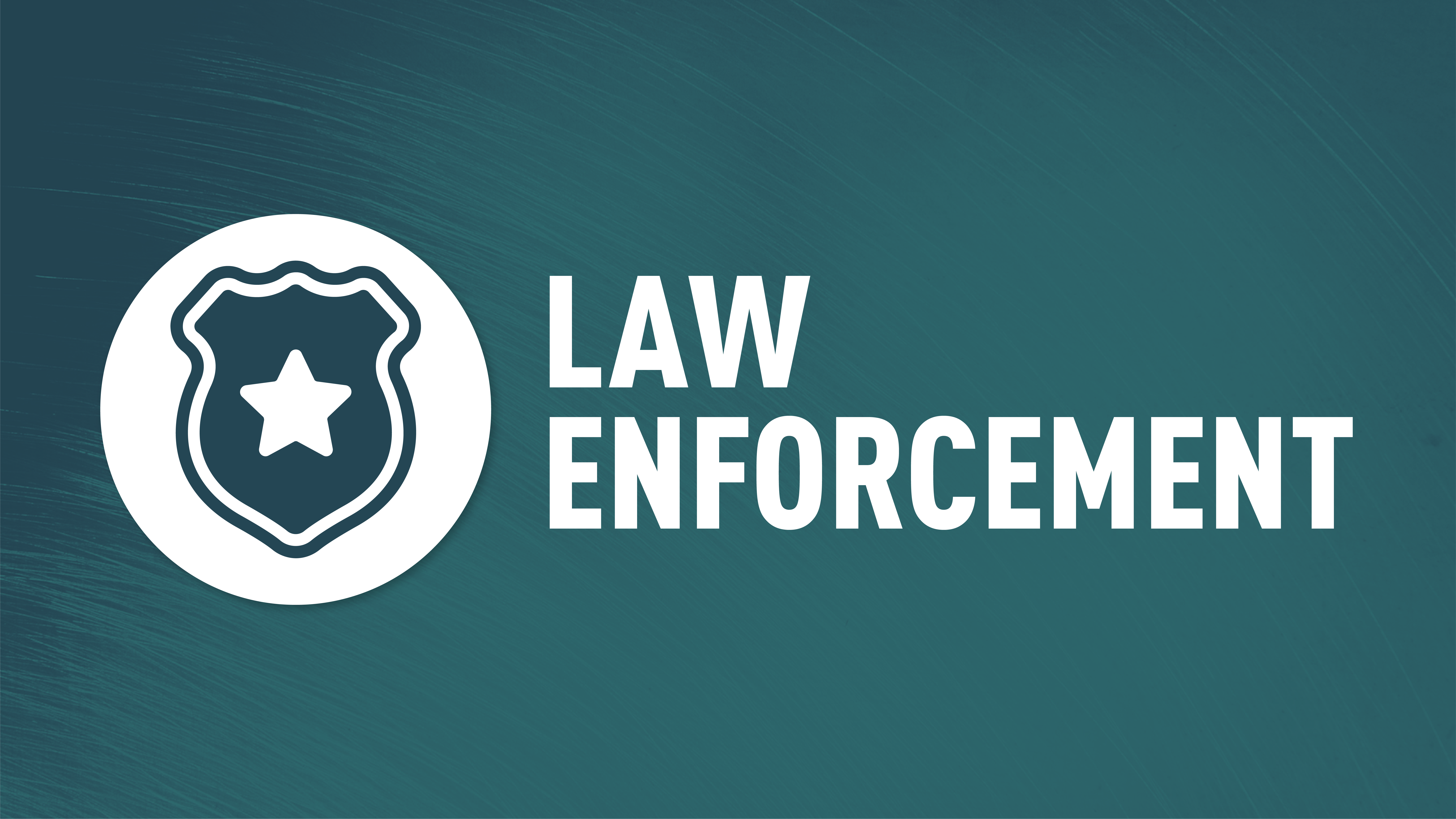
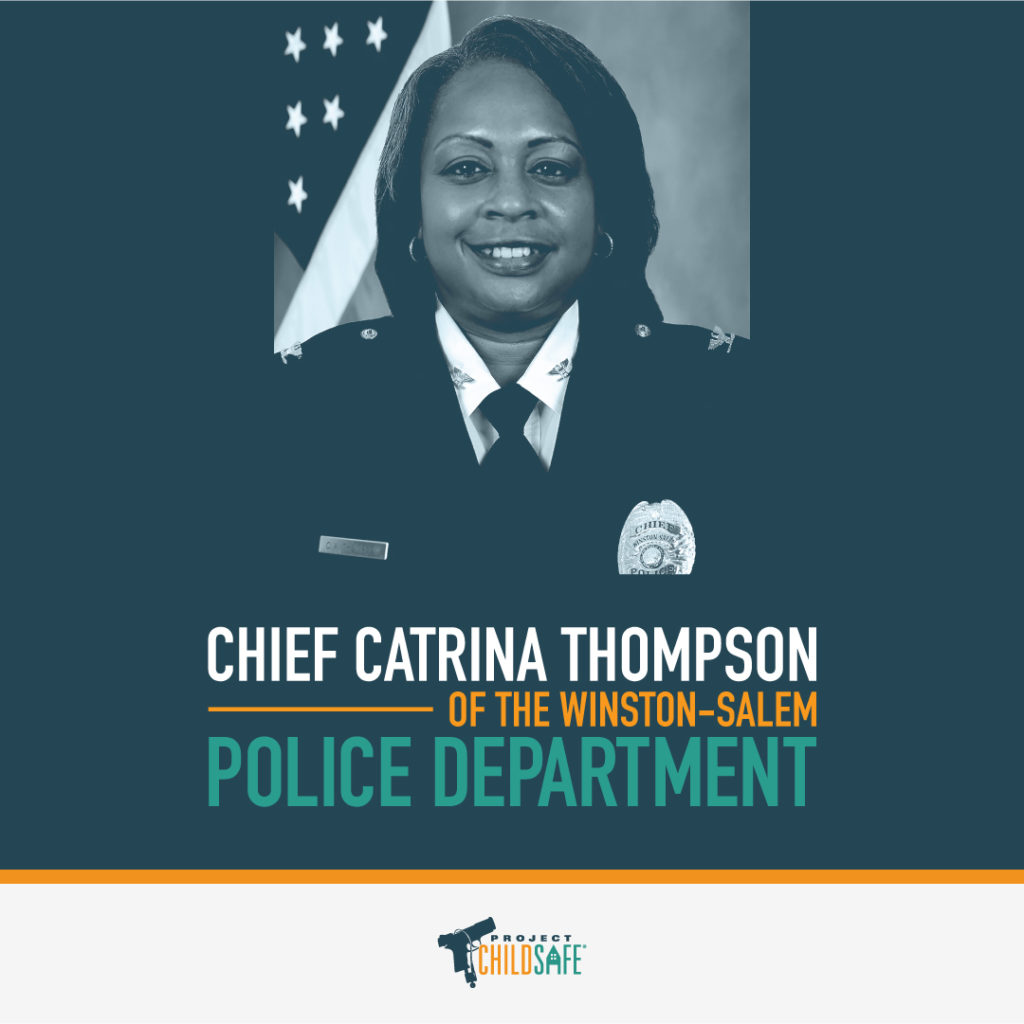
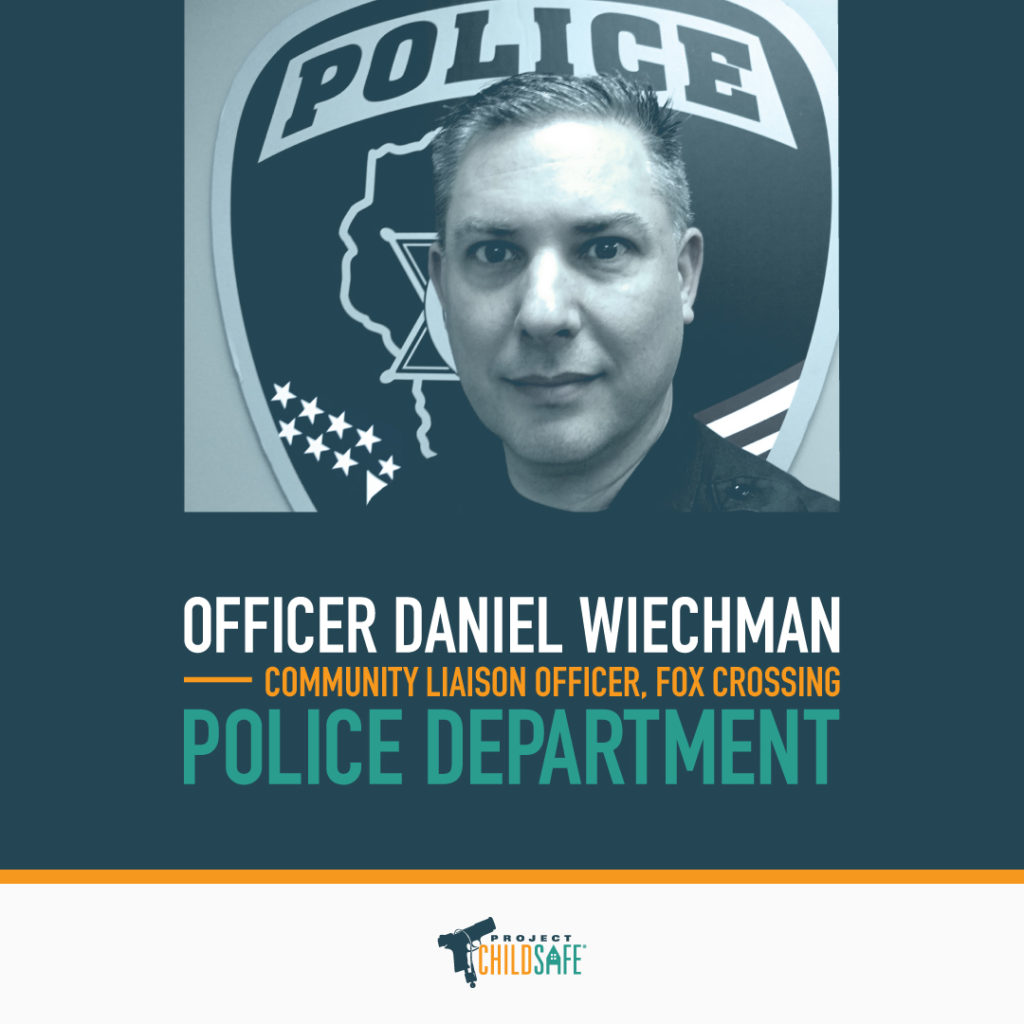
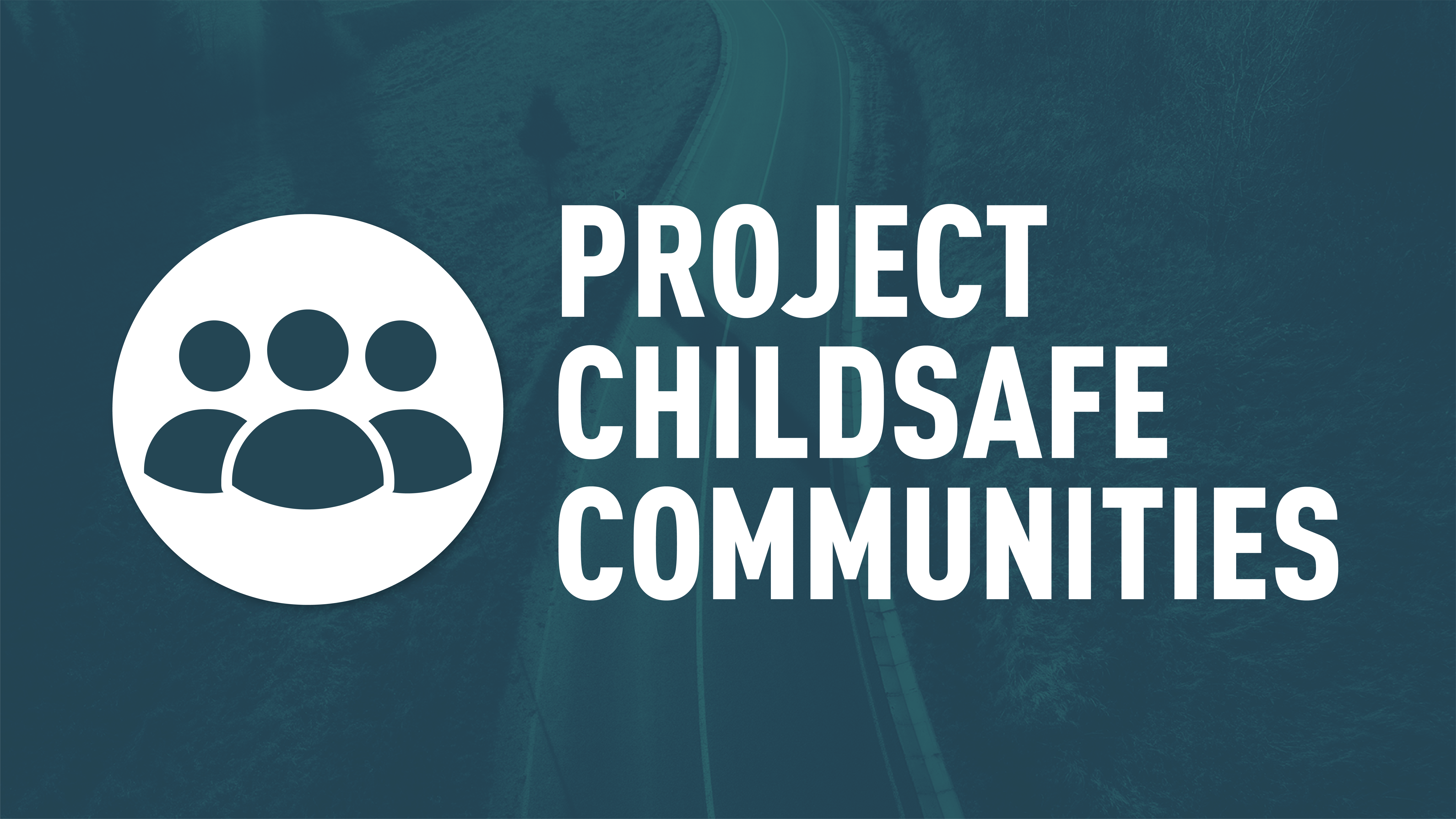
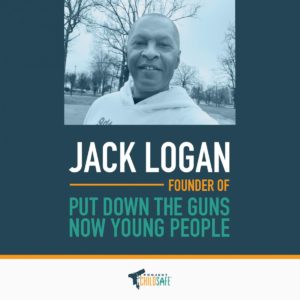
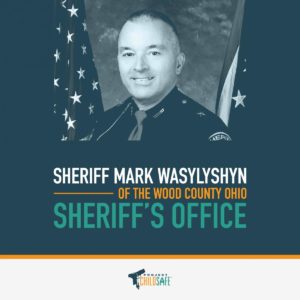 Name: Mark Wasylyshyn, Sheriff
Name: Mark Wasylyshyn, Sheriff Name: Deputy Chief Steven G. Xiarhos
Name: Deputy Chief Steven G. Xiarhos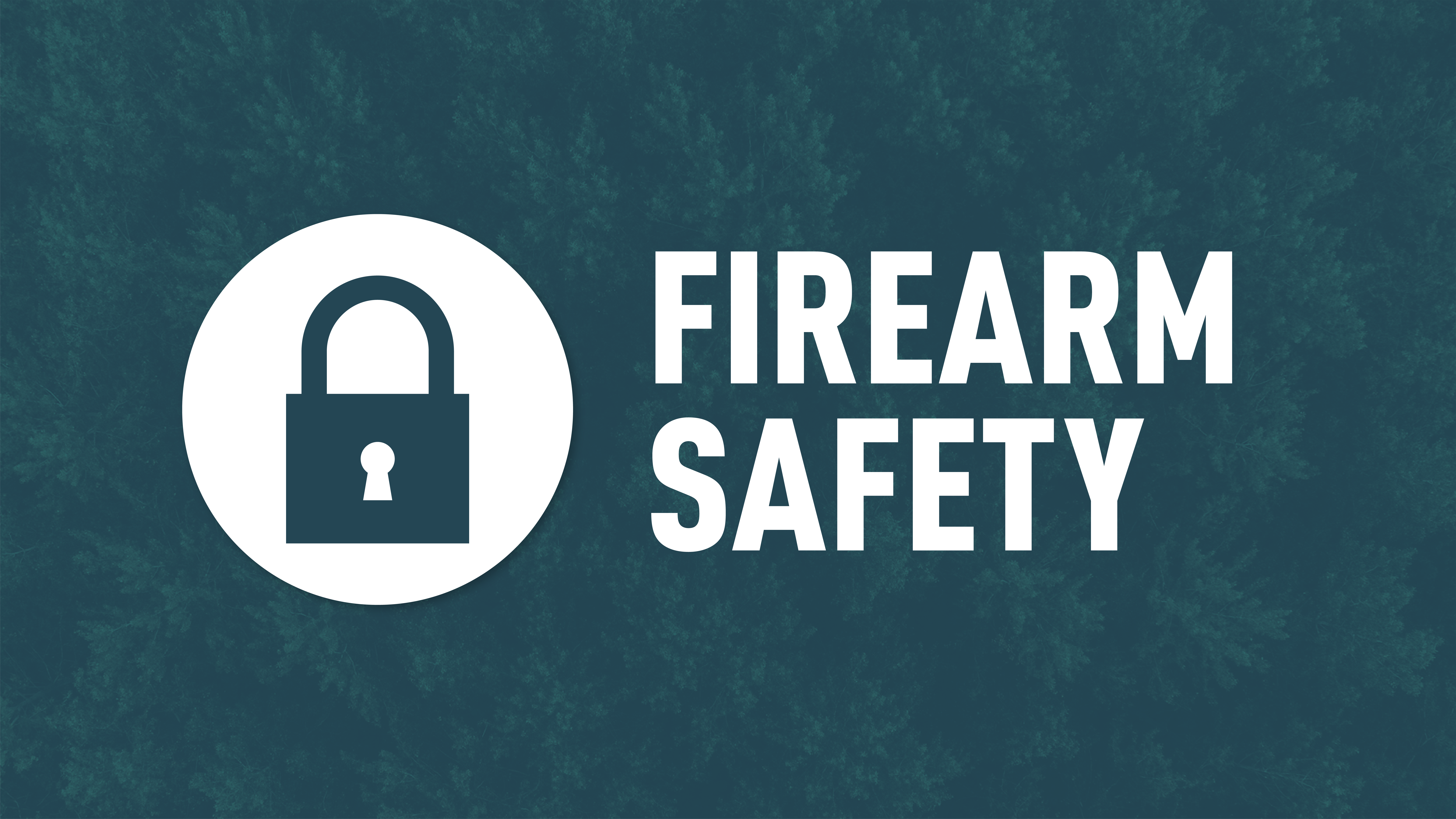
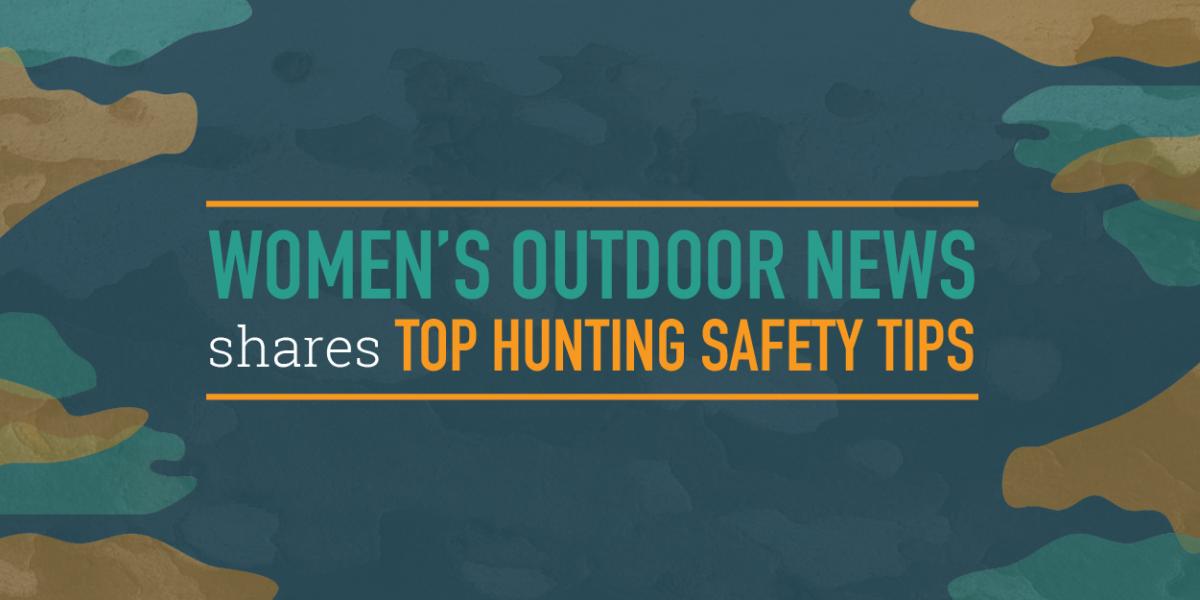
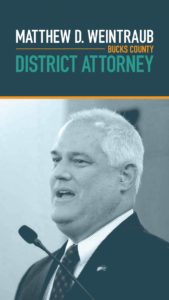 Name: Matthew D. Weintraub, District Attorney
Name: Matthew D. Weintraub, District Attorney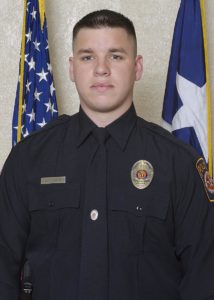 Name: Officer Jeff Butterworth
Name: Officer Jeff Butterworth